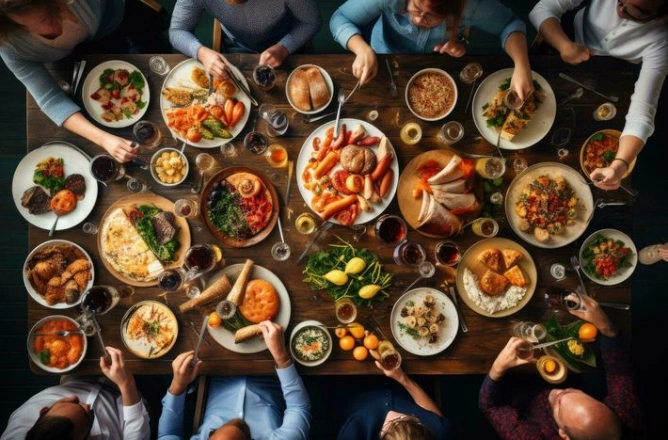Eating with the Senses: Why Taste Is More Than Just the Tongue
I used to think tasting food was mostly about the tongue — sweet, salty, bitter, sour, umami. But the more I cook and travel, the more I realize that taste is a symphony played by all the senses.
Think of how a crackling crust sounds when you bite into fresh bread. Or the smell of garlic hitting a hot pan — it reaches you before any flavor touches your tongue. Your eyes judge a meal before you taste it. The colors, the shine of the oil, the steam rising like a warm invitation — all of it shapes your first impression. Even touch matters: the resistance of a ripe peach, the texture of homemade pasta on your fingertips.
Scientists call this multisensory integration — the brain blending signals from different senses into one rich experience. It’s why the same coffee tastes different in a paper cup versus a ceramic mug. Or why street food in Bangkok feels more intense than the same dish in a quiet kitchen. Context flavors everything.
Sometimes I close my eyes while chewing — and suddenly I notice the crunch louder, the spices brighter. Other times, I cook while music plays softly, and somehow the rhythm sneaks into my stirring. Eating, I’ve learned, is not just nourishment. It’s a way of being fully present.

Food is memory, emotion, chemistry, art. It’s how the body and the world meet, moment by moment. And once you realize taste goes beyond taste buds, you start listening with your whole body. You stop rushing meals. You honor the moment.
Next time you eat, don’t just taste — observe, listen, feel. There’s a quiet beauty hidden in each bite. And once you learn to hear it, every meal becomes a little miracle.

Close